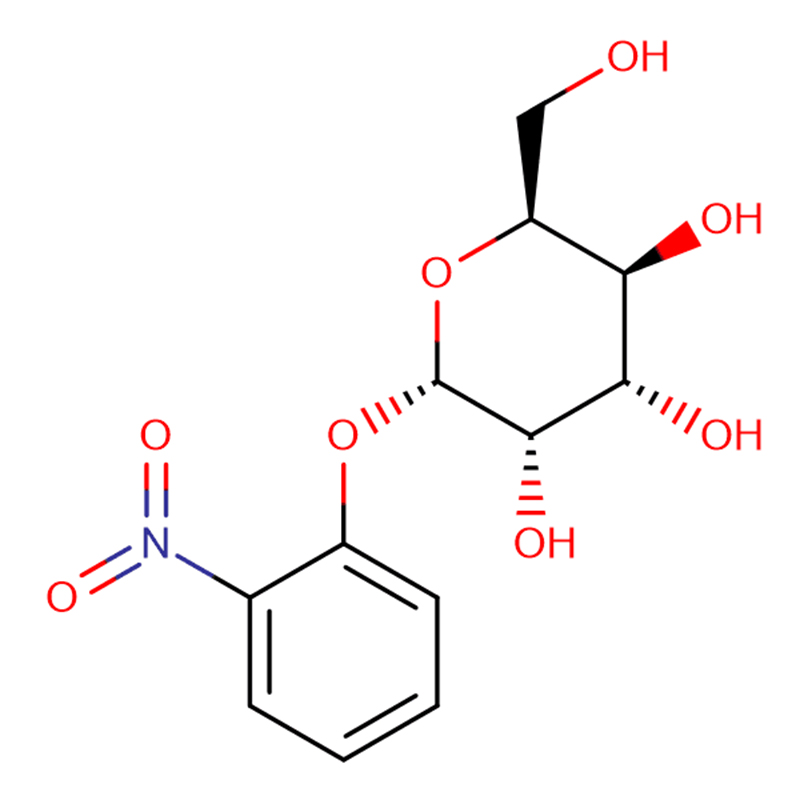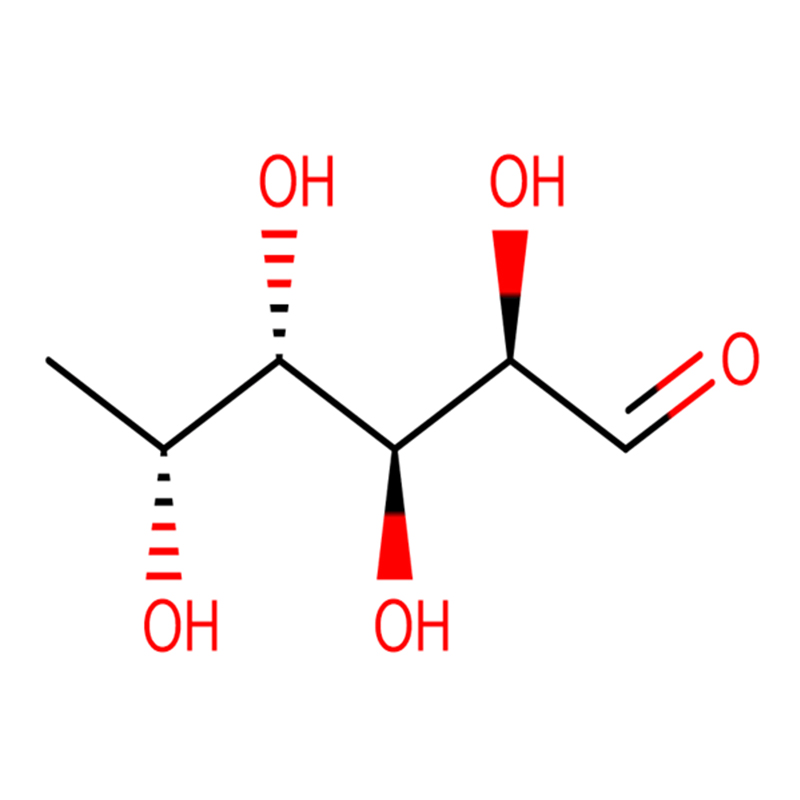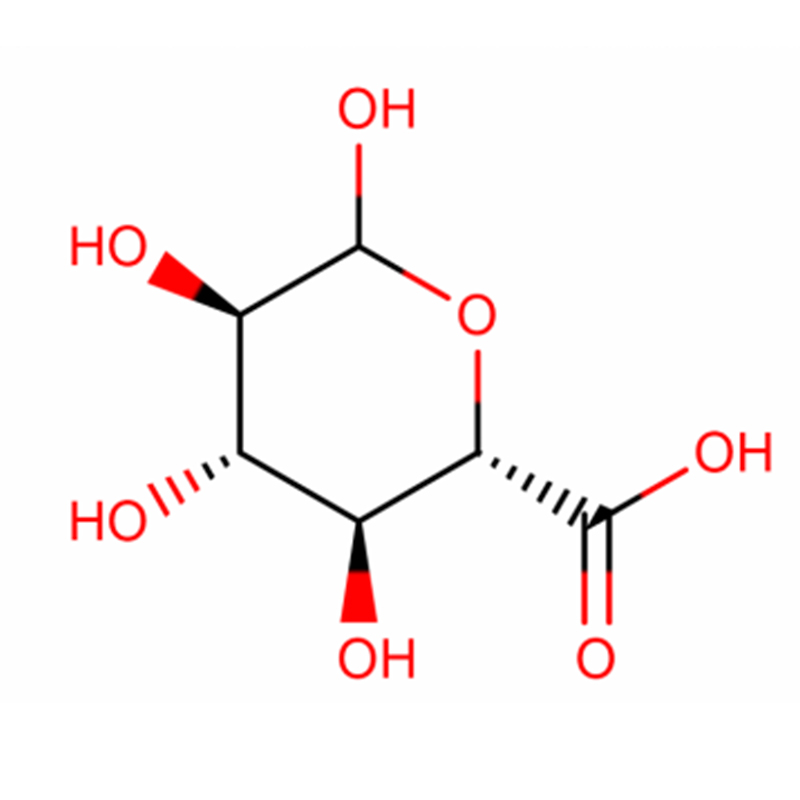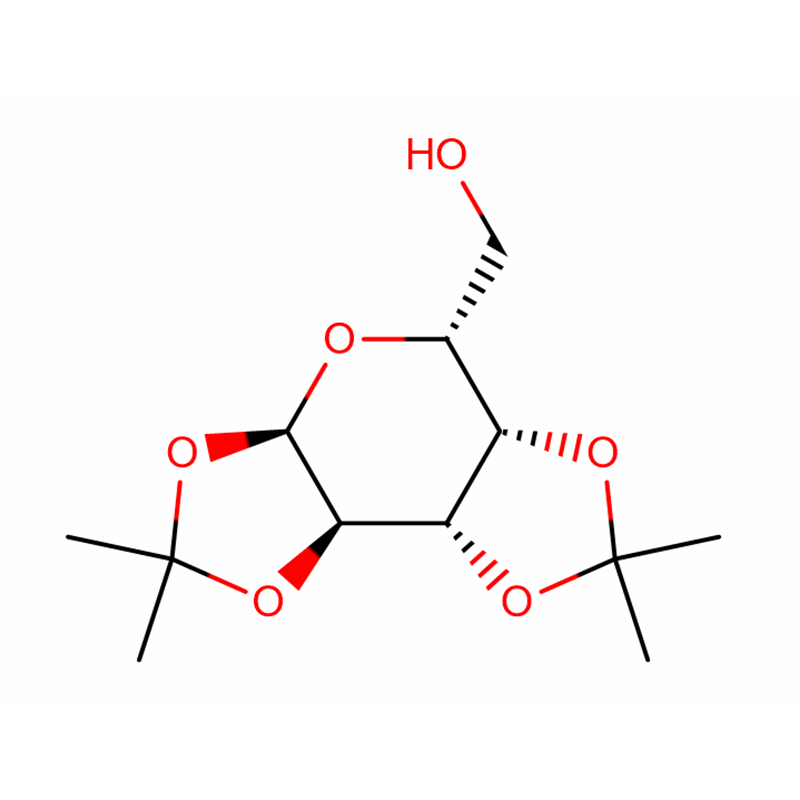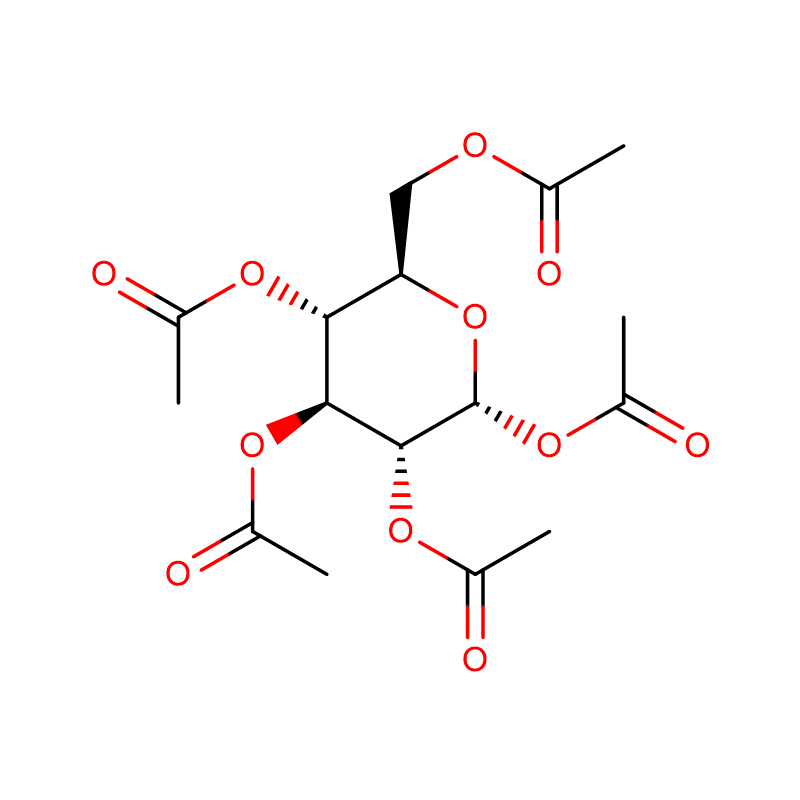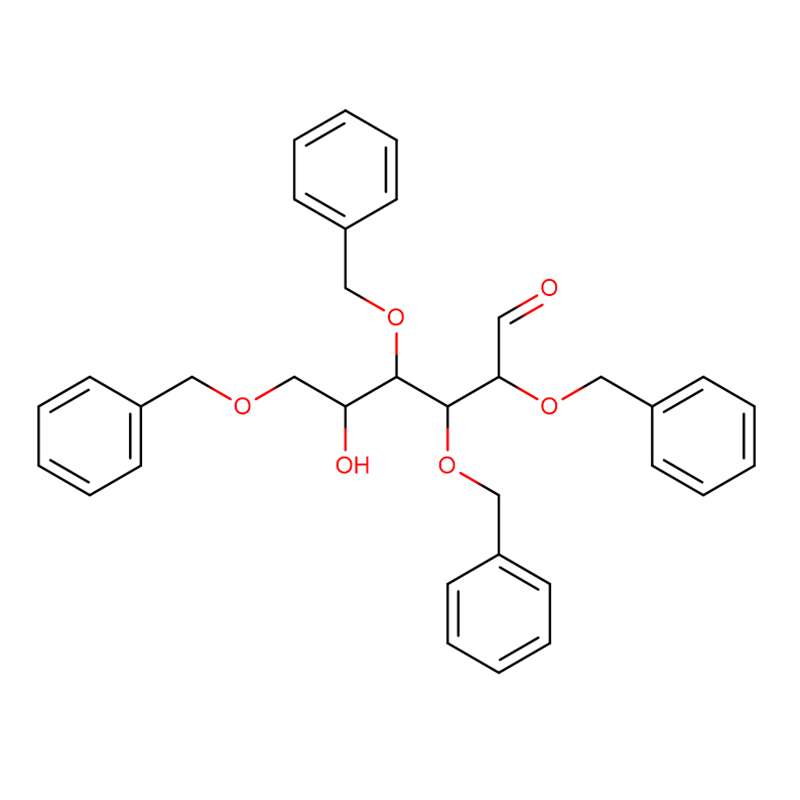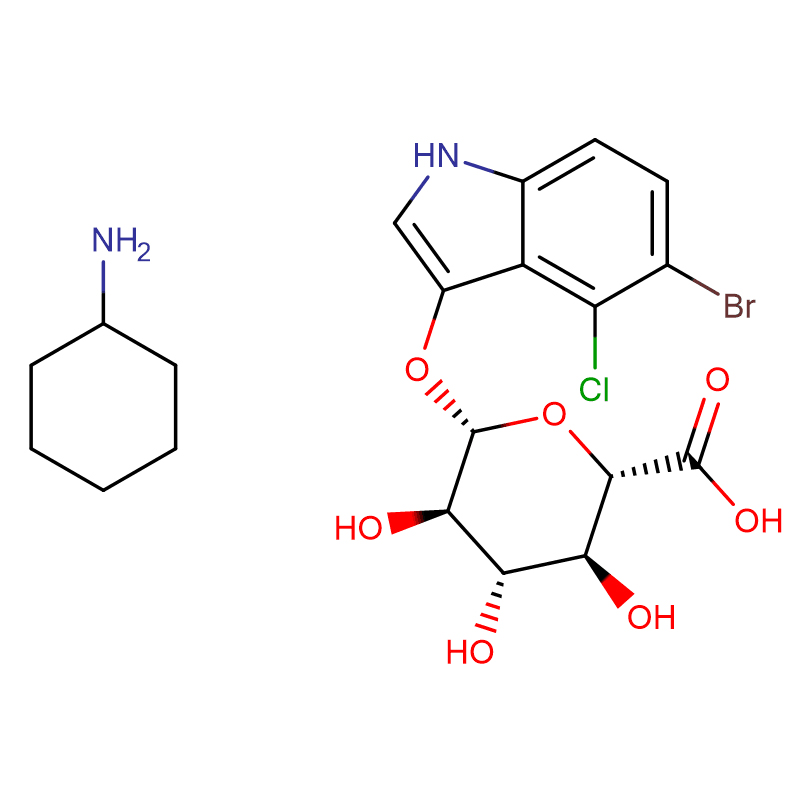ONPG CAS:369-07-3 98.0% Min White To Off -White Powder
| Catalog Number | XD90006 |
| CAS | 369-07-3 |
| Product Name | ONPG(2-Nitrophenyl-beta-D-galactopyranoside) |
| Molecular Formula | C12H15NO8 |
| Molecular Weight | 301.25 |
| Storage Details | 2 to 8 °C |
| Harmonized Tariff Code | 29400000 |
Product Specification
| Purity (HPLC) | Min. 98.0% |
| Appearance | White to off -white powder |
| Solution(1% in Water) | Clear,colourless to slightly yellow solution |
| Water Content (Karl Fisher) | Max. 0.5% |
| Specific optical rotation [α]D20(c=1, H2O) | - 65.0 ° C to -73.0 ° C |
Discussion on ONPG test (β-galactosidase test)
Questions have been frequently raised recently: 1. Why can the ONPG test be used to distinguish delayed lactose fermentation? 2. Why does the national standard state that it is necessary to use 3% sodium chloride trisaccharide iron (or trisaccharide iron) for the ONPG test? 3. For Vibrio parahaemolyticus, when conducting OPNG test, why should toluene be added dropwise according to the standard? What is the function?
Our company has reviewed a lot of information, summarized it, and shared it with you below:
Principle: The Chinese name of ONPG is o-nitrobenzene-β-D-galactopyranoside. ONPG can be hydrolyzed into galactose and yellow o-nitrophenol (ONP) by β-galactosidase, so the activity of β-galactosidase can be detected by the color change of the culture medium.
Lactose is a sugar that most microorganisms need to detect. Its metabolism requires two enzymes, one is cell permease, lactose enters cells under the action of permease; the other is β-galactosidase, which hydrolyzes lactose into galactose. Lactose and glucose. β-Galactosidase can also directly act on ONPG to hydrolyze it into galactose and yellow o-nitrophenol (ONP). It can be done in 24h, even with lactose delayed fermenters. Therefore, it explains the observation results of picking culture 1 from the agar slant and inoculating it in a full circle at 36°C for 1-3h and 24h. If β-galactosidase is produced, it will turn yellow in 1-3h, if there is no such enzyme, it will not change color in 24h.
According to the above two enzymes, microorganisms can be divided into the following categories:
1 lactose-fermenting (18-24 hours) bacteria with permease and β-galactosidase P + G +;
2 Delayed lactose fermenters (taking longer than 24 hours) lacking permease but possessing galactosidase: P- G+.
3 Non-lactose fermenters lacking both permease and galactosidase: P- G-.
The ONPG test can be used to distinguish lactose-lag-fermenting bacteria (P-G+) from non-fermenting lactose bacteria (P-G-), such as:
1 Differentiate late lactose fermenters (P- G+) from non-lactose fermenters (P- G-).
(a) Citrobacter (+) and Salmonella arizonae (+) from Salmonella (-).
(b) Escherichia coli (+) from Shigella sonnei (-).
Why was the ONPG assay performed using an overnight culture on 3% sodium chloride ferric trisaccharide (iron trisaccharide)? Our company has consulted a lot of information, but there is no clear statement. Only on the FDA website, it is written that "Inoculate cultures to be tested onto triple sugar iron agar slants and incubate for 18 h at 37°C (or other appropriate temperature, if required) . Nutrient (or other) agar slants containing 1.0% lactose may also be used." means: the test bacteria were inoculated on the trisaccharide iron medium and cultured at 37°C for 18h. Nutrient agar slants (or other) medium containing 1% lactose are also acceptable. Therefore, it is inferred that the trisaccharide iron medium contains lactose. After overnight growth, the bacteria have produced a good active β-galactosidase. Using such bacteria, ONPG can be decomposed by β-galactosidase faster. The experimental phenomenon is faster and better manifested. In addition, dropwise addition of toluene and a water bath for 5 min are all in order to fully release β-galactosidase.


